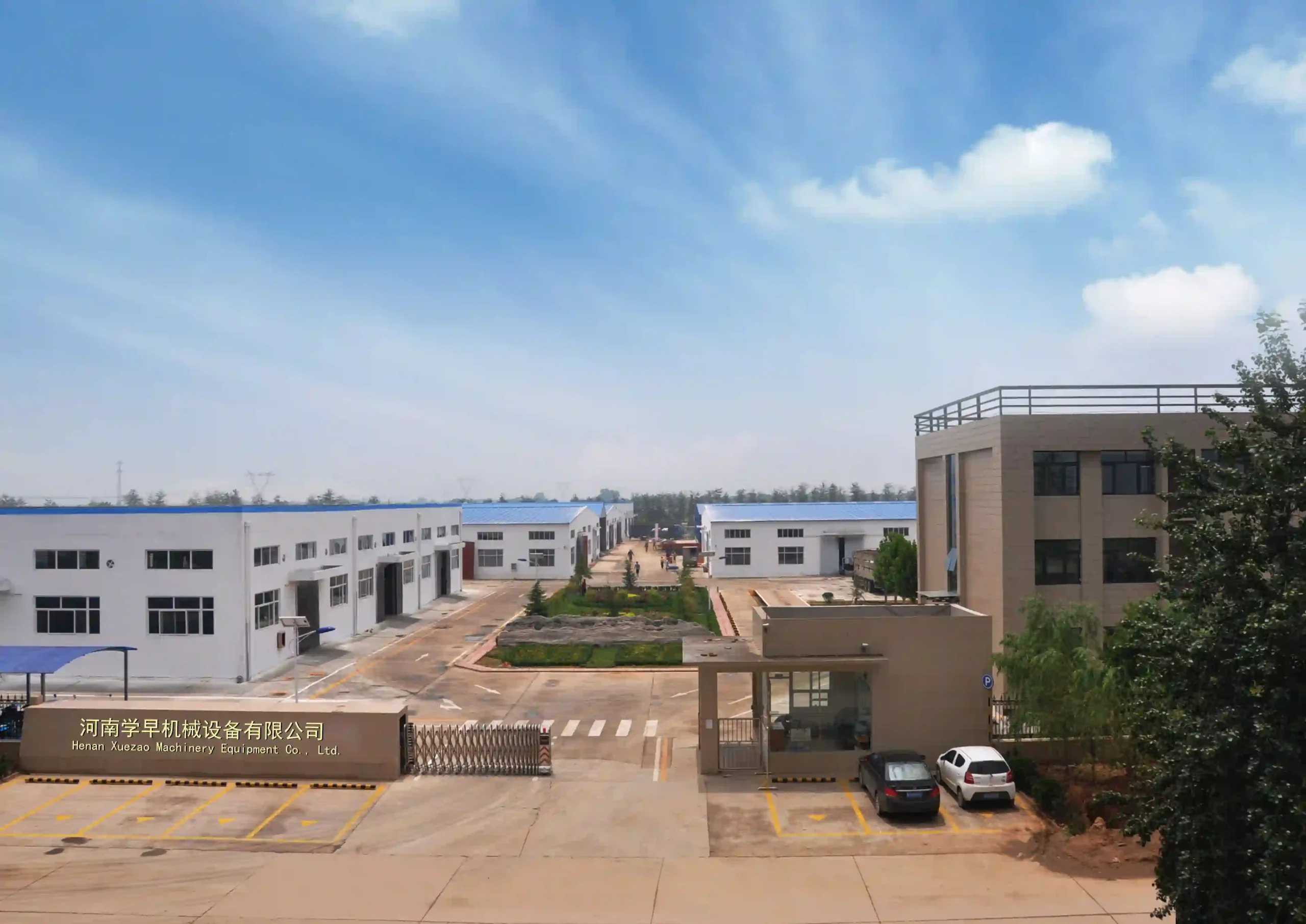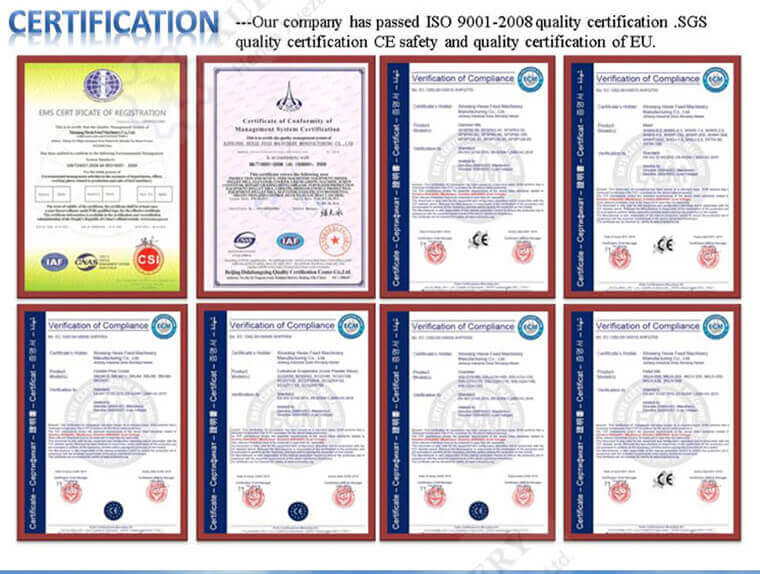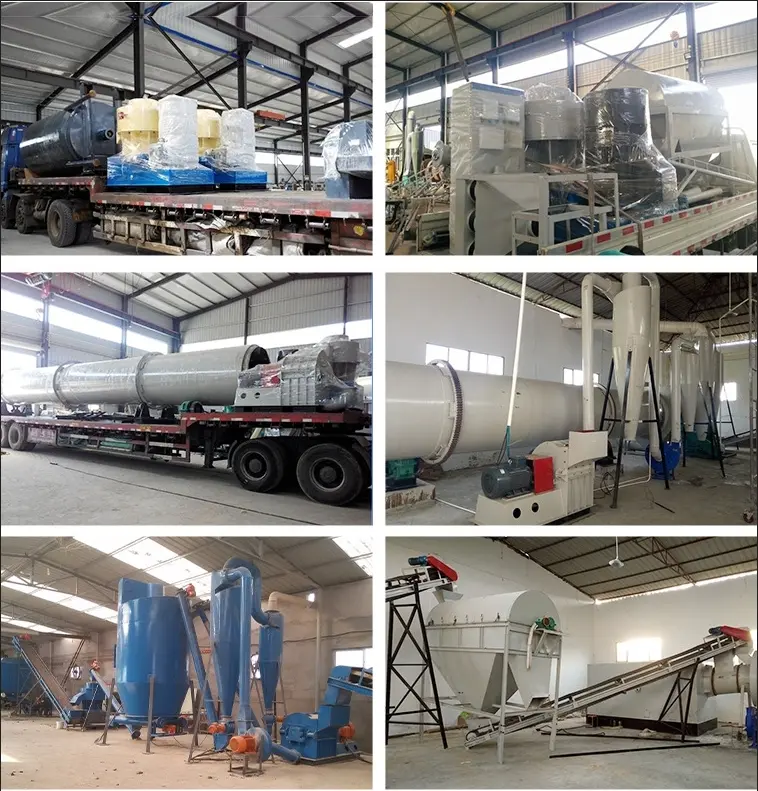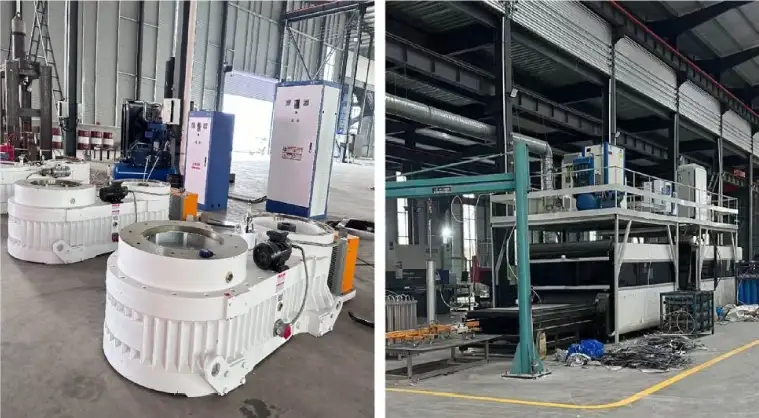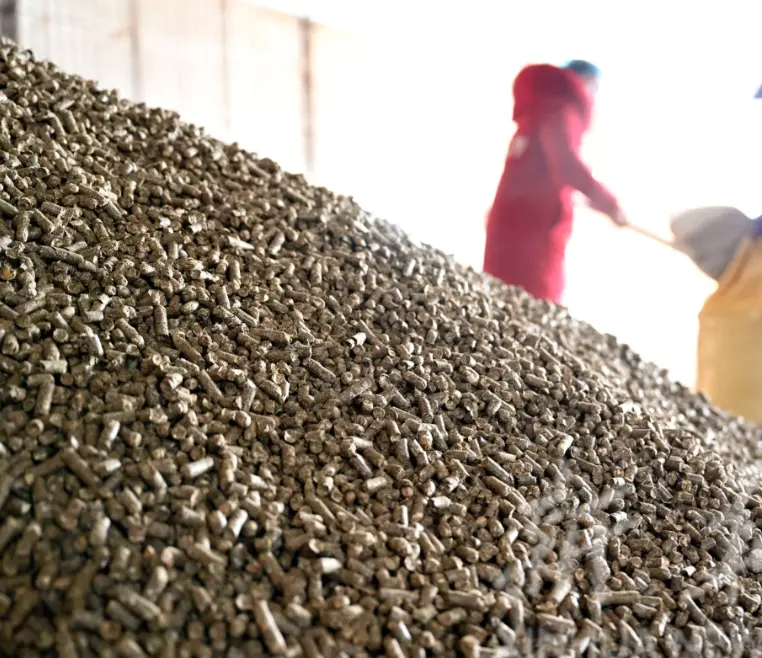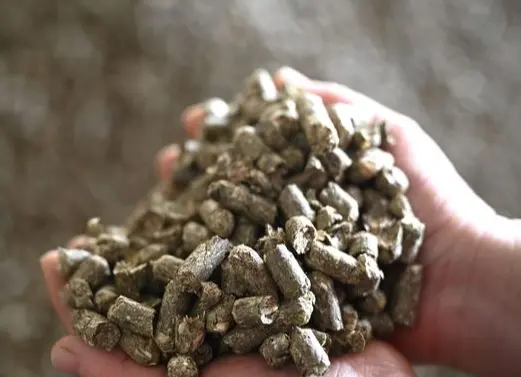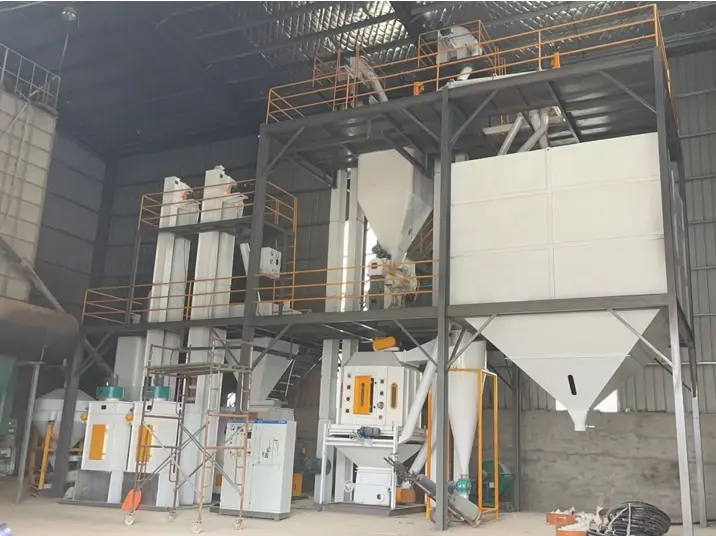
Rice Husk Pellet Mill
Utilizing rice husk efficiently is crucial, given its abundance as a by-product of rice milling. Typically discarded or burnt, this residual material poses environmental challenges. However, converting rice husk into biomass pellets using a specialized rice husk pellet mill emerges as a sustainable solution, maximizing its value and minimizing waste.
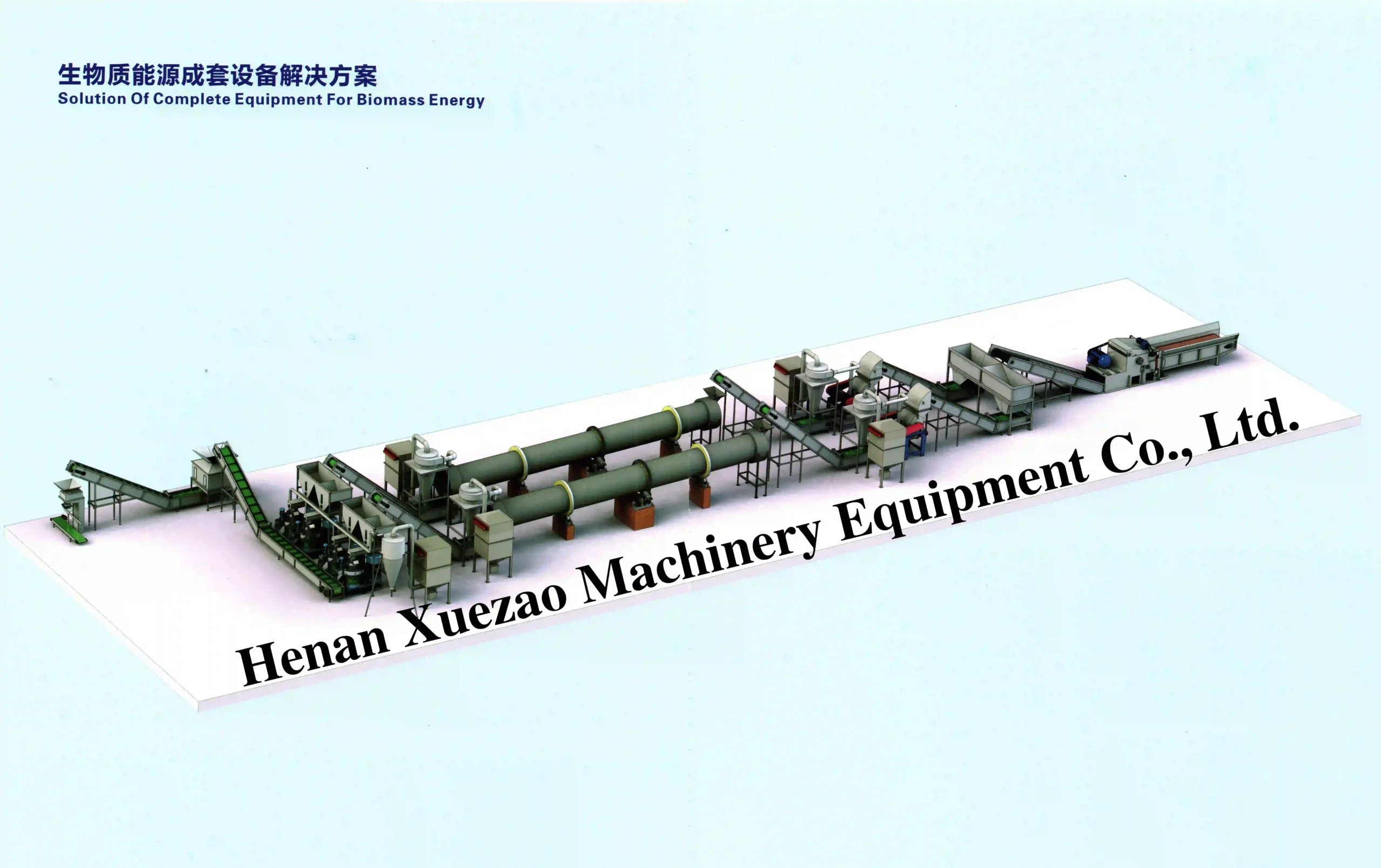
The rice husk pellet machine, an innovative adaptation from flat die pellet mills, is designed specifically for transforming rice husk into high-quality pellets. These machines offer versatility, allowing for the production of pellets of various diameters by adjusting hole sizes or customizing pellet dies to meet specific needs.
For applications like stove heating, cooking, or animal bedding, a flat die pellet mill suffices. Even the smallest model, the Electric Small Pellet Mill, boasting a capacity of about 60 kg/h. It is also a cost-effective option.The simplicity of installation and maintenance, accompanied by a comprehensive manual, makes these machines accessible and user-friendly.
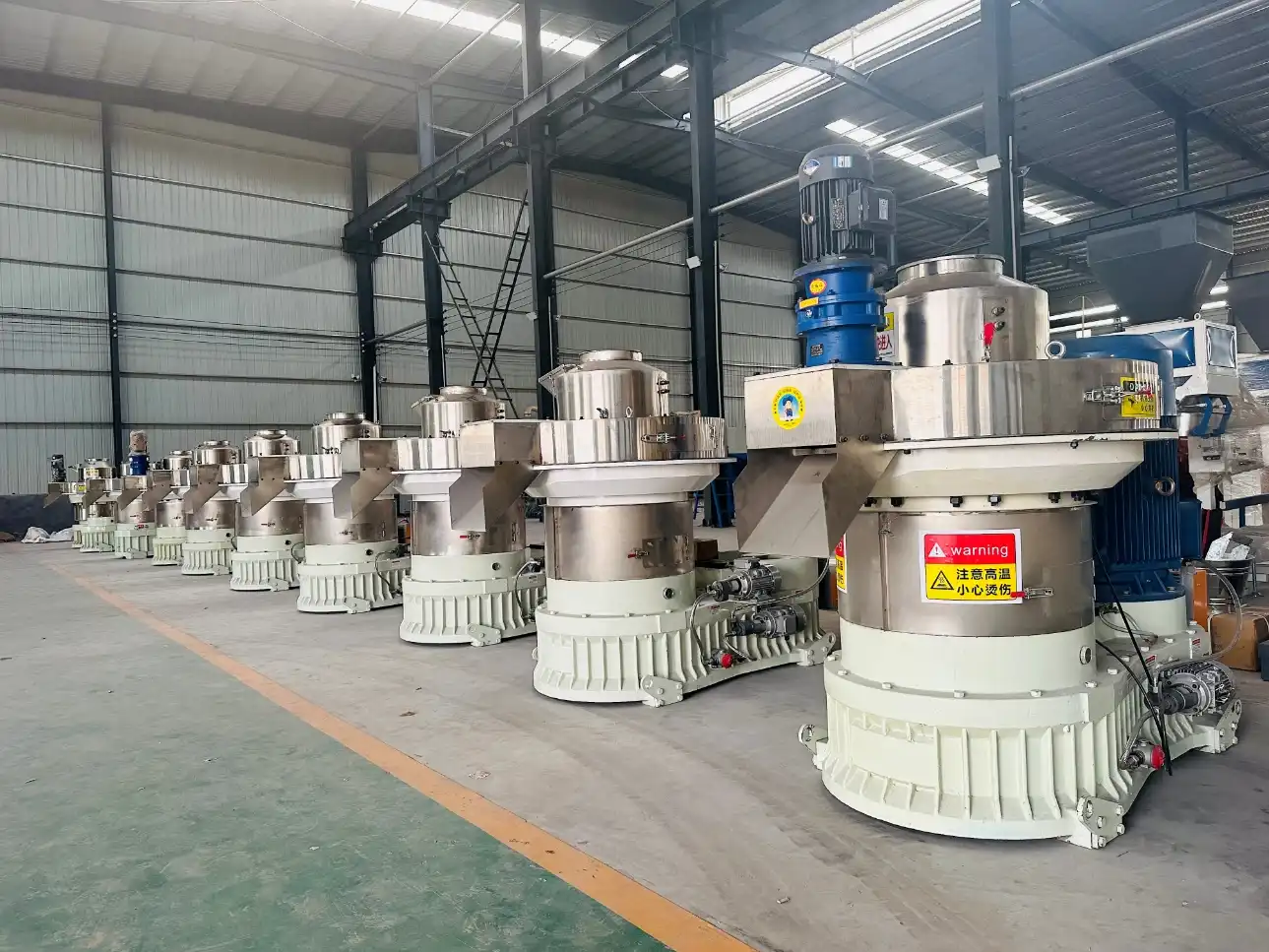
| Model | Capacity (t/h) | Motor Power (kW) | Pellet Diameter (mm) | (Weight (kg) |
| XZ-450 | 0.5-0.6T/H | 55kW | 6-12mm | 3.5T |
| XZ-470 | 0.6-1T/H | 75kW | 6-12mm | 4T |
| XZ-560 | 1-1.2T/H | 90kW | 6-12mm | 5.8T |
| XZ-580 | 1.5-1.8T/H | 110kW | 6-12mm | 5.9T |
| XZ-650 | 1.8-2T/H | 132kW | 6-12mm | 6.5T |
| XZ-700 | 2.5-2.8T/H | 160kW | 6-12mm | 7.5T |
| XZ-750 | 2.8-3T/H | 185kW | 6-12mm | 7.8T |
| XZ-850 | 3-3.5T/H | 250kW | 6-12mm | 11T |
| XZ-880 | 5T/H | 315kW | 6-12mm | 16T |
Rice husk, also known as rice hull or chaff, possesses low bulk density post-milling. However, when compressed into pellets, it attains round, high-density forms with stable calorific values, making it an attractive alternative energy source to fossil fuels. Rice husk pellets, with their enhanced properties, have garnered global interest as a renewable energy resource.


How to Make Rice Husk Pellets
|
Material
|
Average diameter
|
Ash content
|
Average density
|
Moisture content
|
Calorific value
|
|
Rice husk
|
2-3mm
|
15-16%
|
500kg/m3
|
About 12%
|
10-13kj/kg
|
|
Rice husk pellet
|
8-10mm
|
6-7%
|
1120kg/m3
|
10-12%
|
15-16kj/kg
|
The process of creating rice husk pellets involves several steps. Initially, the rice husk is crushed into a fine powder using a hammer mill. Given its low moisture content, drying may not be necessary in typical scenarios for pellet production.
Subsequently, pelletizing the rice husk material involves different machinery based on scale. While large-scale production may warrant a ring die rice husk pellet machine, smaller operations or homemade setups benefit from the economical flat die rice husk pelletizer, ensuring high production efficiency to meet demands.
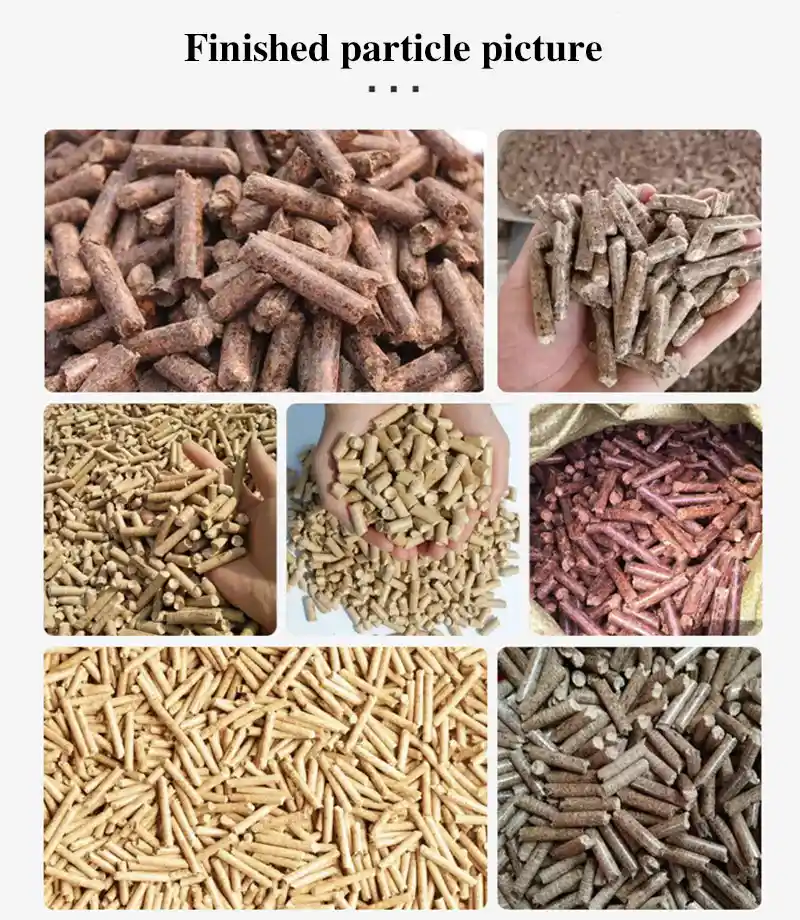
Following pelletization, the pellets require cooling to reduce temperature and harden them. This cooling process can be natural, by spreading the pellets to cool and dry, or facilitated using a dedicated cooler.
Finally, the pellets are packed for storage, either in silos or bags. Enhancing the quality of rice husk pellets can involve mixing sawdust, rich in lignin, with rice husk to solidify the pellets further.
The market favors rice husk pellets due to their small size, high density, and easy storage and transport capabilities. Moreover, these pellets burn with minimal smoke, significantly reducing ash content compared to burning rice husk directly, making them suitable for various heating systems and stoves, including pellet and traditional models.
For those with access to ample rice husk at minimal cost, establishing a pellet business using a rice husk pellet mill stands as an excellent venture. XUEZAO offers rice husk pellet mills and complete biomass pellet production plant setups, providing professional technical guidance for interested parties looking to set up their pellet plant or purchase a pellet mill. Contact us for further assistance!
